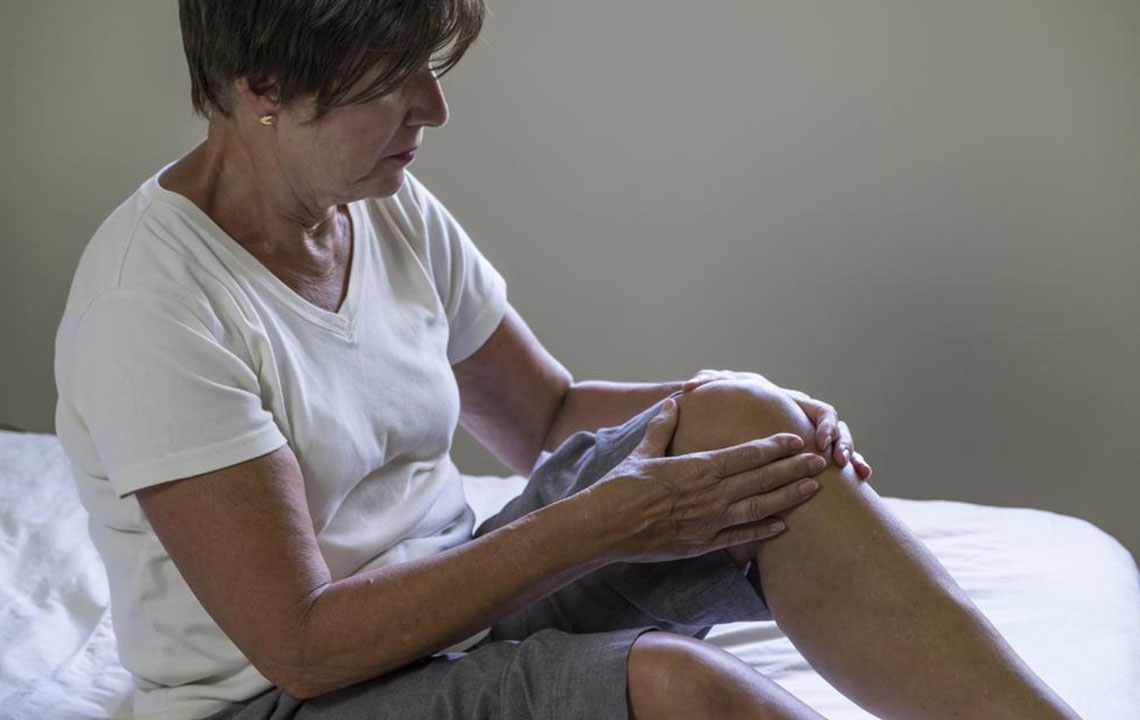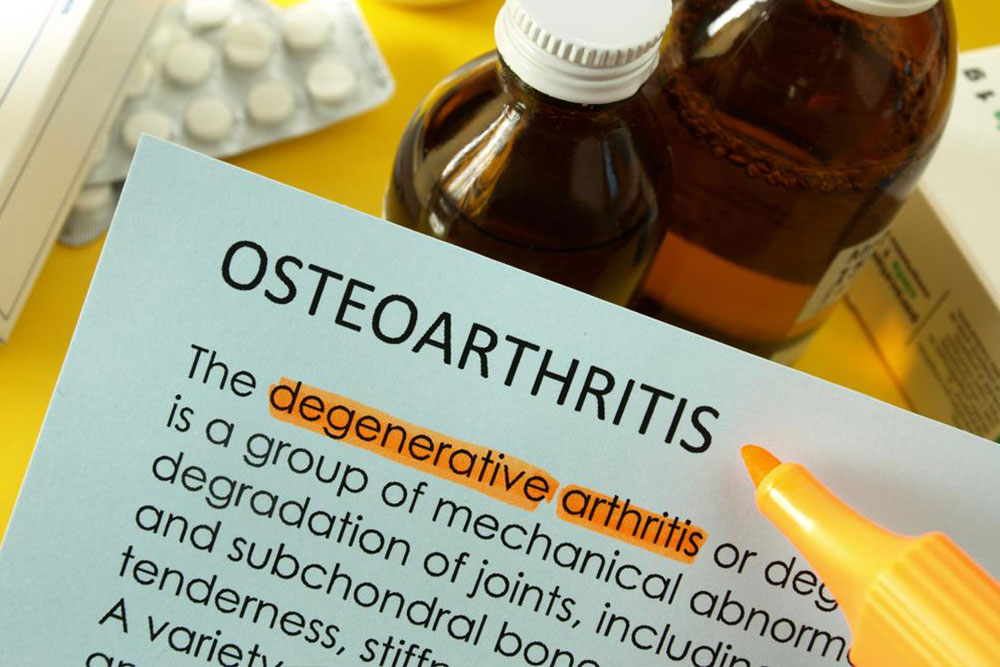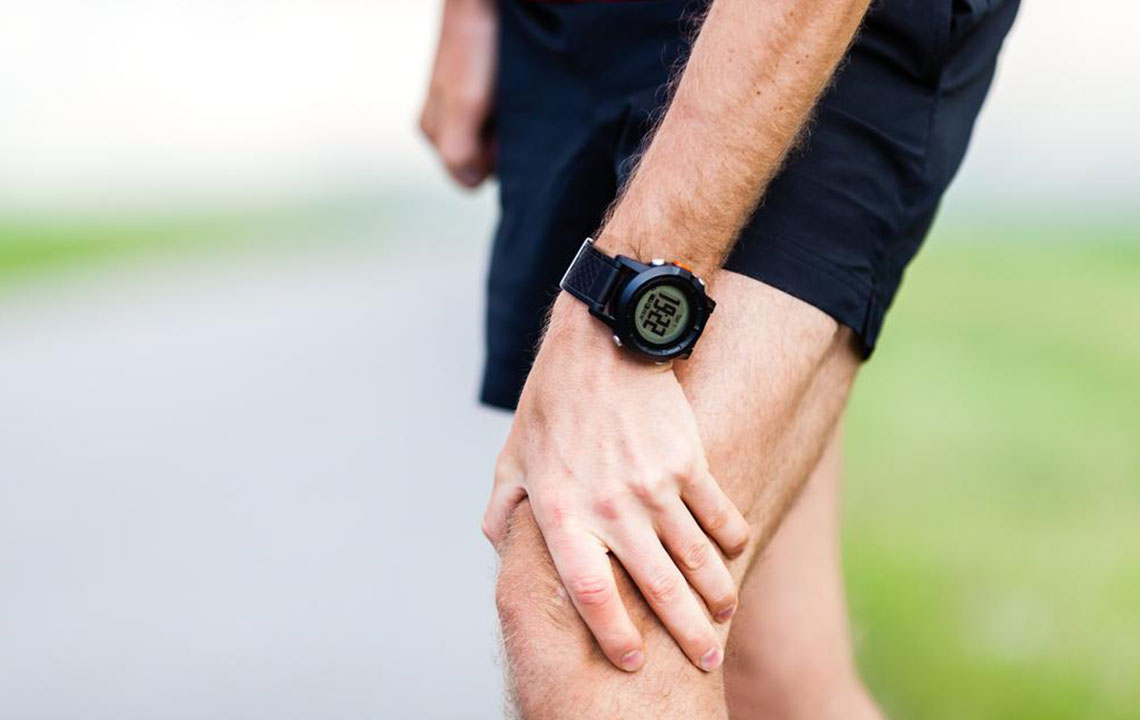Effective Strategies for Managing Knee Osteoarthritis
Discover comprehensive strategies to effectively manage knee osteoarthritis. Learn about causes, symptoms, diagnostic procedures, and various treatment options such as weight loss, exercise, therapy, and surgical interventions. Maintaining a healthy lifestyle, diet, and proper sleep can significantly alleviate symptoms. This article provides valuable insights to help individuals improve their joint health and mobility while reducing discomfort and preventing progression.

Effective Strategies for Managing Knee Osteoarthritis
Knee osteoarthritis results from the gradual deterioration of the joint's cartilage, leading to bones rubbing directly against each other. This process causes stiffness, swelling, soreness, and bone spurs, affecting mobility. Although commonly associated with aging, knee osteoarthritis can also impact younger individuals, especially those with hereditary factors, injury history, or obesity. According to the Arthritis Foundation, over 27 million people suffer from this condition nationwide, with women being more susceptible than men.
Factors Contributing to Knee Osteoarthritis
While aging is a primary factor, several other elements increase risk, including:
Excess weight – Additional pounds exert extra pressure on knee joints, accelerating cartilage wear.
Genetics – Family history and inherited bone deformities can predispose individuals to osteoarthritis.
Gender – Women aged 50-55 are more vulnerable to developing knee osteoarthritis than men.
Physical stress or injuries – Jobs involving frequent kneeling, squatting, or heavy lifting increase joint strain, raising the risk.
Sports activities – Athletes participating in sports like tennis or soccer may develop joint issues; moderation in exercise can reduce this risk.
Other health conditions – Metabolic issues, iron overload, or growth hormone imbalances can weaken muscles around the knees.
Common Symptoms of Knee Osteoarthritis
Recognizable signs include:
Swelling and inflammation around the knee
Persistent pain worsening with activity and easing with rest
Joint stiffness and warmth
Grinding sounds or creaking when moving the knee
Reduced joint mobility
Diagnosis Methodology
Diagnosis begins with a physical exam, focusing on medical history and symptom patterns. Imaging tests such as X-rays or MRI scans are commonly used to confirm osteoarthritis.
Management and Treatment Options
Effective management focuses on pain relief and improving mobility, including:
Weight reduction – Losing excess weight reduces joint pressure and alleviates pain.
Regular exercise – Movement helps maintain joint flexibility and strength.
Alternative remedies – Topical creams with ingredients like capsaicin or acupuncture supplements can provide relief.
Physical and occupational therapy – Professional therapy enhances muscle strength and joint flexibility.
Surgical intervention – When conservative methods fail, surgical options may be considered.
Balanced nutrition – Diet rich in omega-3 fatty acids and vitamin C supports joint health and reduces inflammation.
Quality sleep – Rest helps manage pain and stress; using cushions during sleep can prevent joint strain.
Hot and cold therapy – Applying heat increases blood flow to soothe pain, while cold reduces swelling; alternating can offer relief.










